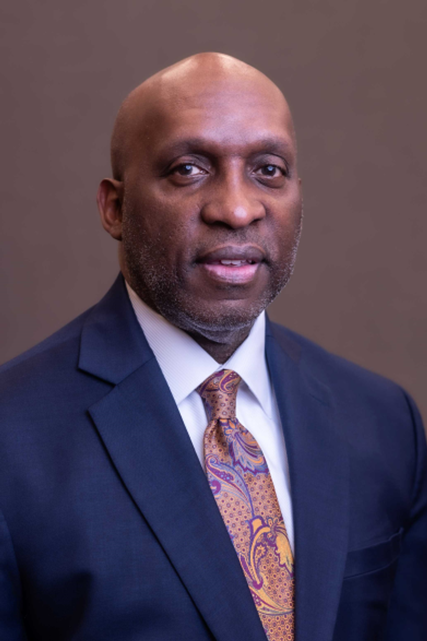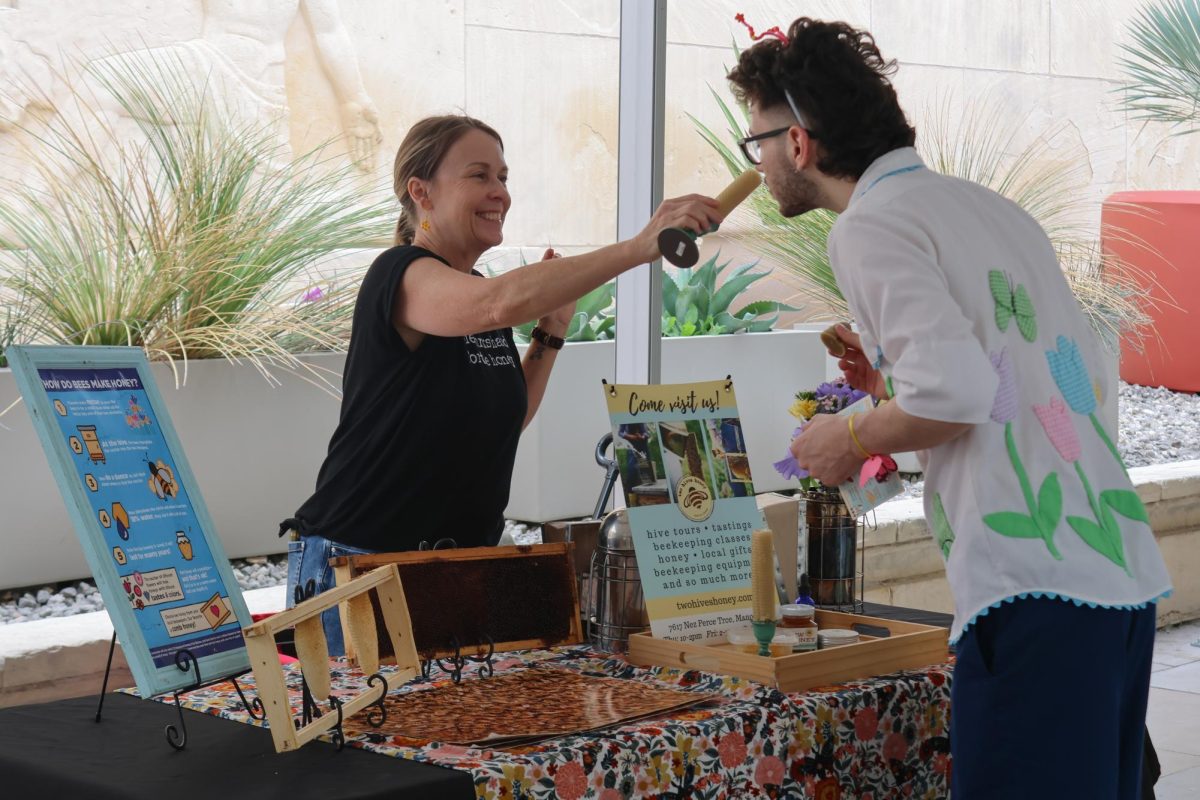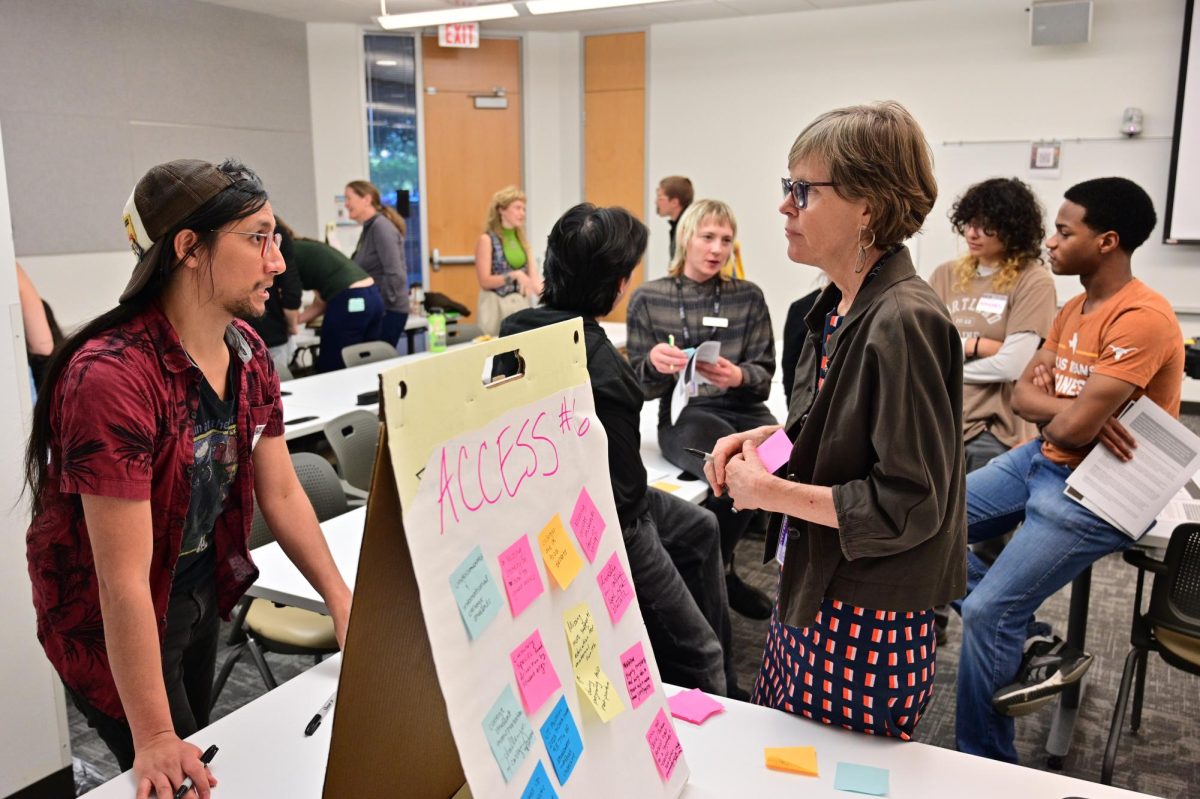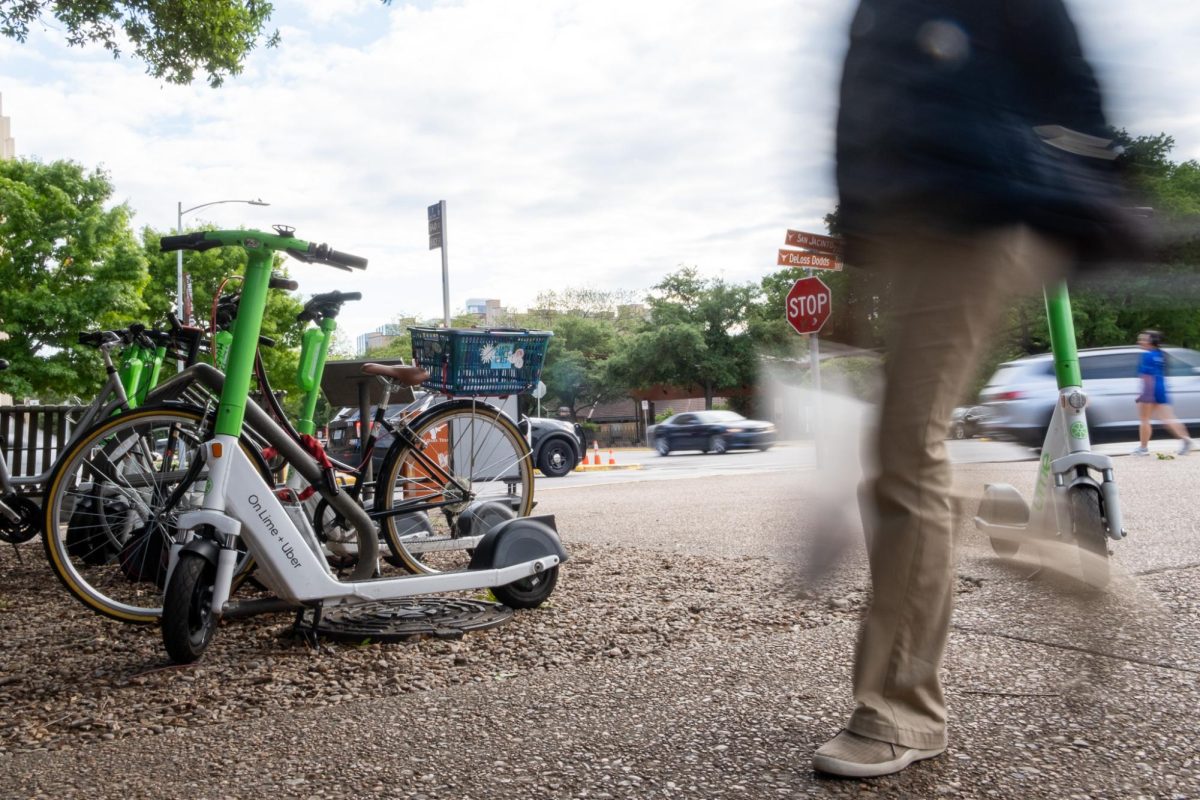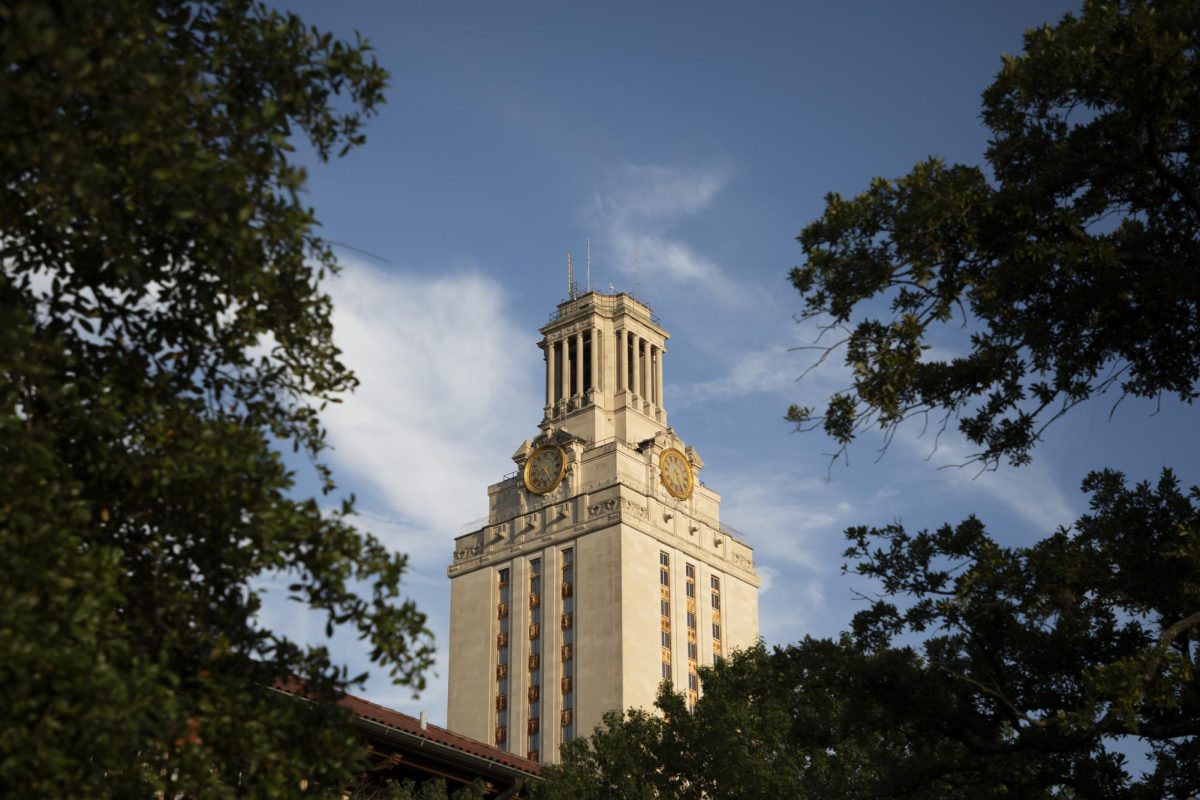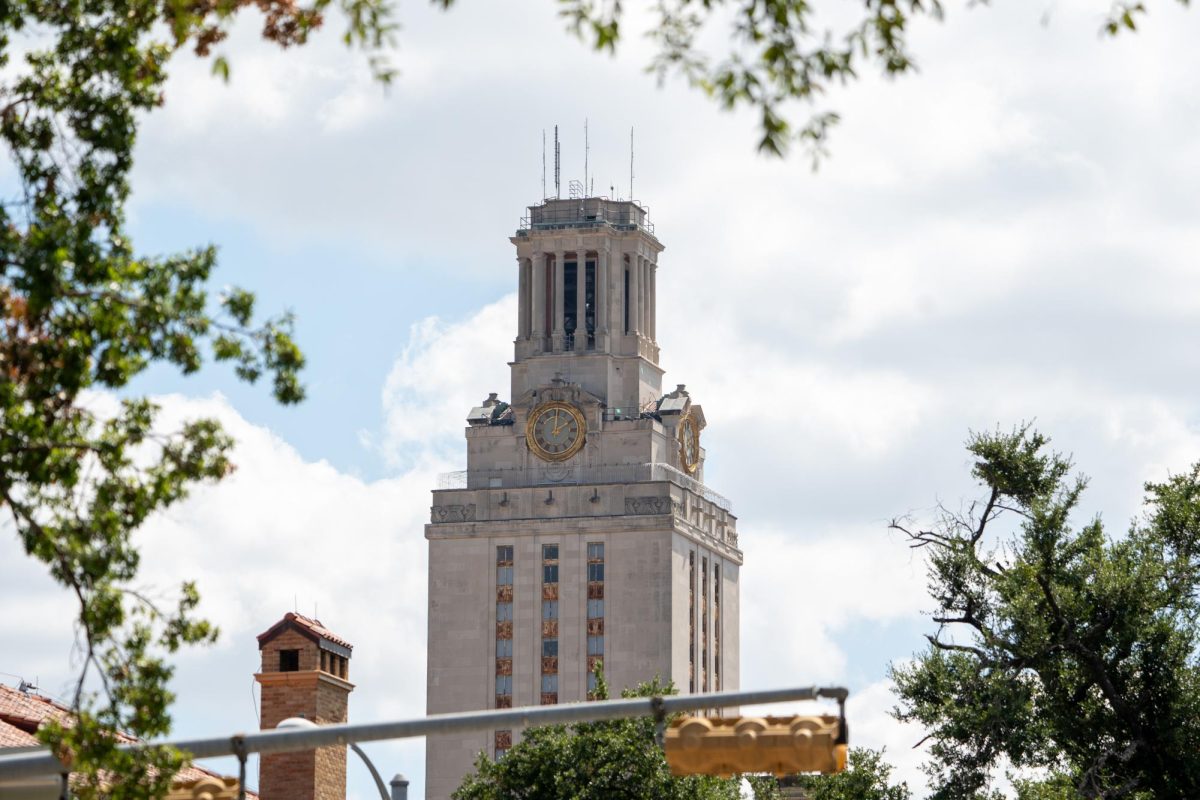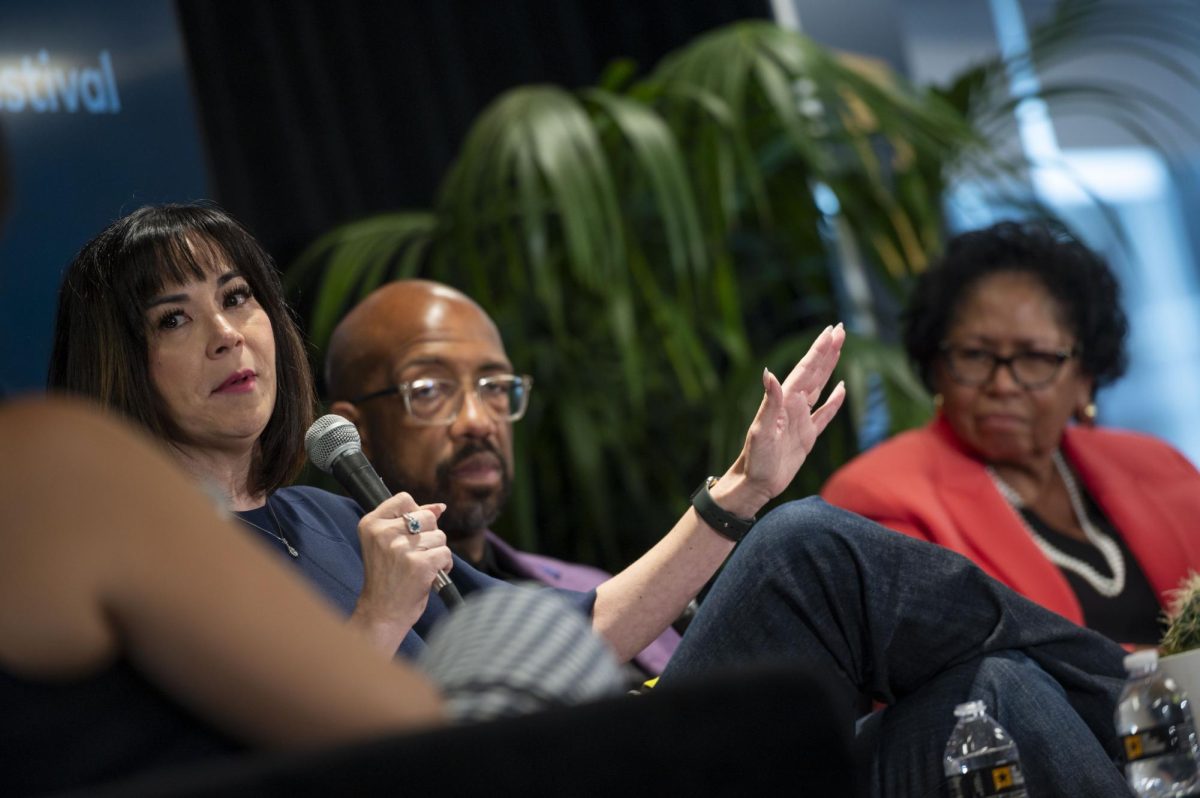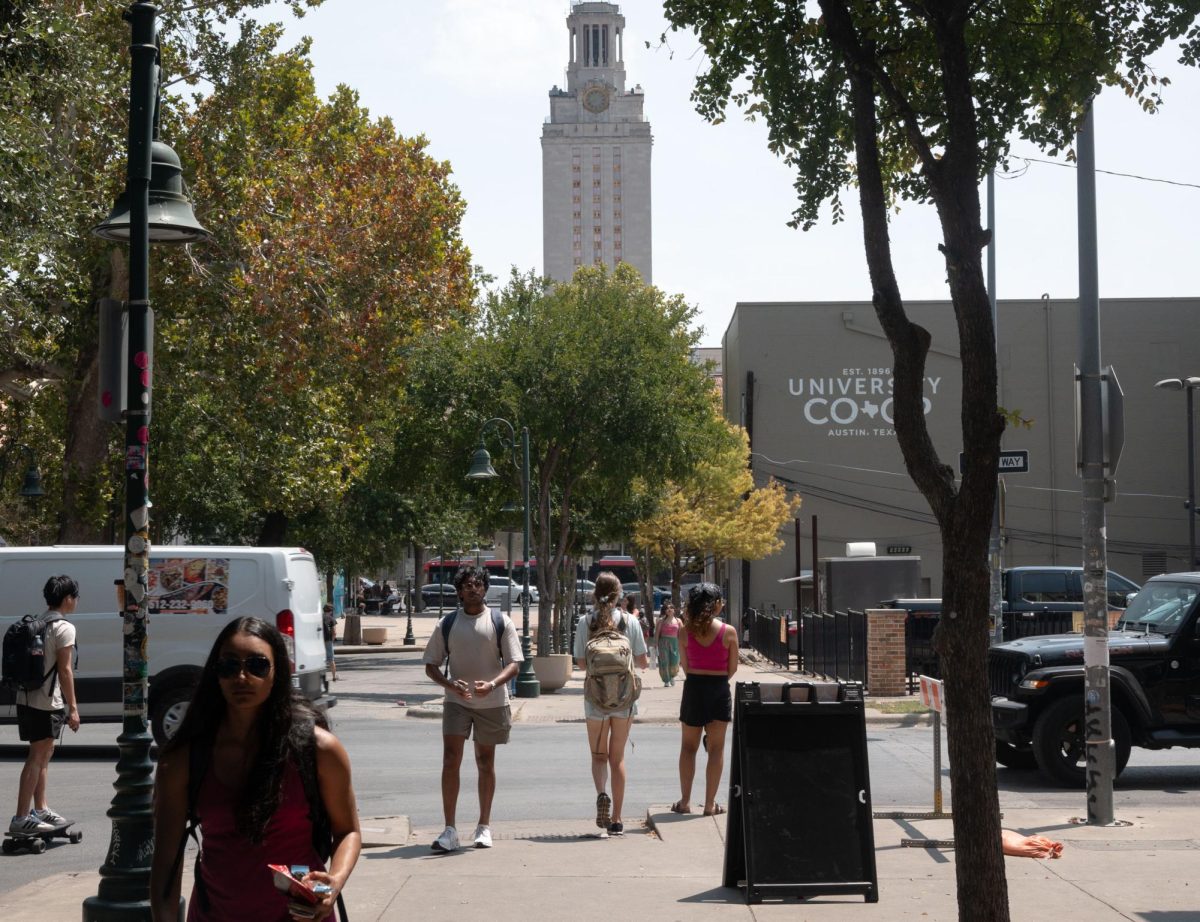The Lions Municipal Golf Course, a piece of land owned by the UT System, was added to the National Register of Historic Places over the summer, but that may not stop developments once the city’s lease ends in 2019.
George Washington Brackenridge donated 500 acres of land, also known as the Brackenridge Tract, to UT in 1917 with the purpose of advancing and promoting education, but the land was never built on because of the distance between the tract and campus. The tract is located on Lake Austin Boulevard and an approximate 170 acres of the tract is used for University purposes. The remaining land is used for the Lions Municipal Golf Course and several other retail stores.
The UT System received recommendations in July to develop the Brackenridge Tract into offices, shops, parks and hotels from a firm hired by the Board of Regents.
Some organizations are opposed to these recommendations, such as Save Muny, an organization dedicated to saving the golf course from development, which wants to preserve the course because it was one of the first golf courses in the U.S. to be desegregated in the 1950s.
In July the course was added to the National Register of Historic Places due to its role in the Civil Rights movement, but this listing will not prevent the redevelopment of the land by UT.
Jenny LaCoste-Caputo, executive director of media relations and external communications at the UT System, said the University still intends to use the land for its original purpose.
“President Fenves and leadership at UT Austin are reviewing the recent decision by the National Park Service to add Lions Municipal Golf Course to the National Register of Historic Places as they consider the future of the entire tract of land,” LaCoste-Caputo said in an email. “The UT System’s primary concern is that the intent of the donor, Col. George Brackenridge, is met.”
Ken Tiemann, one of the leaders of Save Muny, said UT should follow Col. Brackenridge’s progressive agenda and preserve the land to overcome the frequent errors of UT’s past.
“If the University is concerned about fulfilling the intent of the donor it should immediately embrace Save Muny’s plans to preserve the historic course, the first in the South to desegregate by a margin of several years,” Tiemann said in an email. “This is completely consistent with the intent of the donor, Col. George Washington Brackenridge, whose progressive views on race should play a significant role in defining the use of the land he generously granted to UT.”
In a letter to the National Park Services in May, Congressman Lloyd Doggett (D-TX) wrote in support of adding the course to the National Register of Historic Places.
“Its role as a local civil rights landmark makes it an ideal candidate for preservation and recognition,” Doggett wrote. “I understand that Save Muny will work to create an appropriate educational center that will properly memorialize Muny’s history within the broad context of civil rights and both the history of Austin as well as the United States.”






